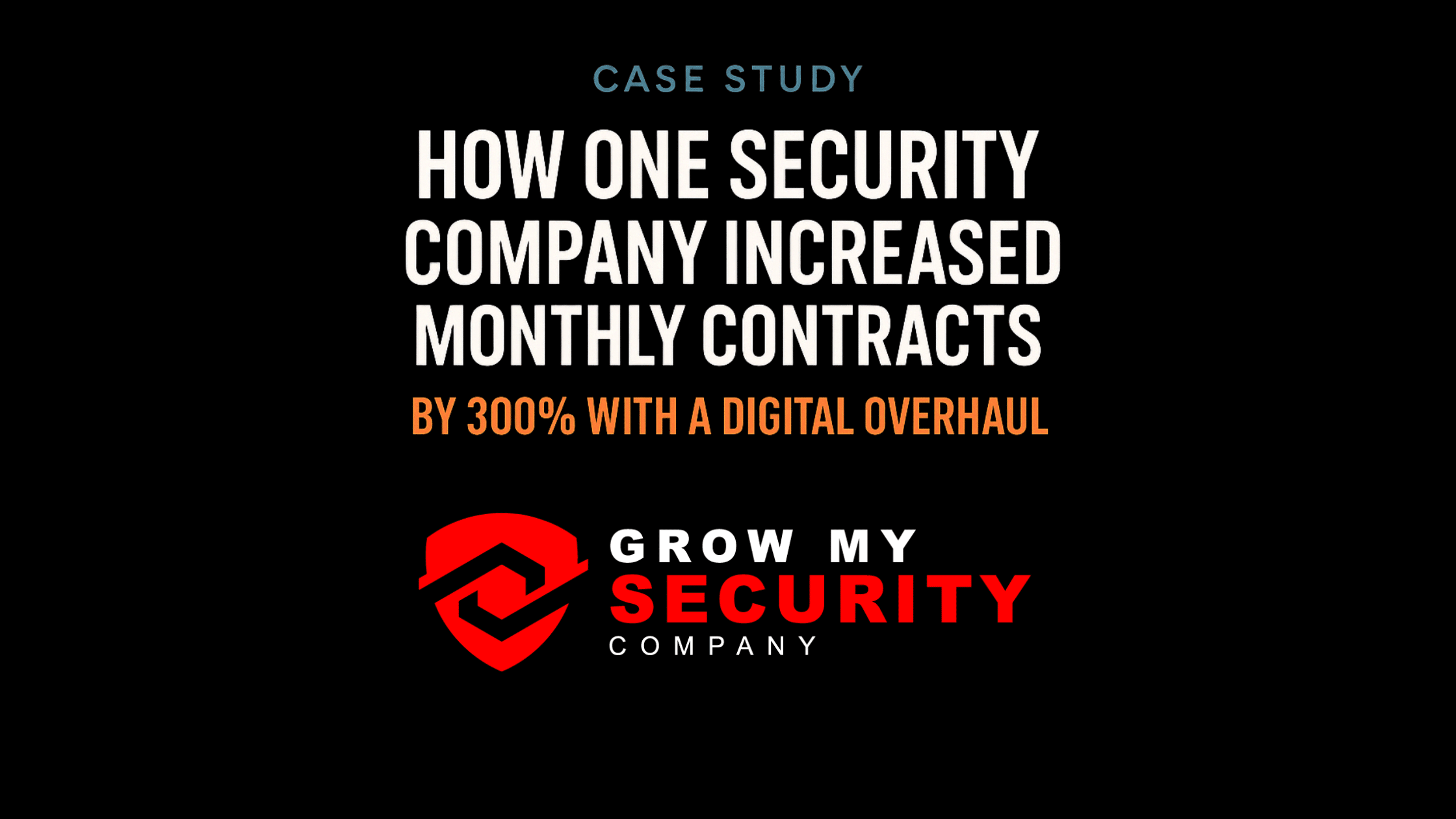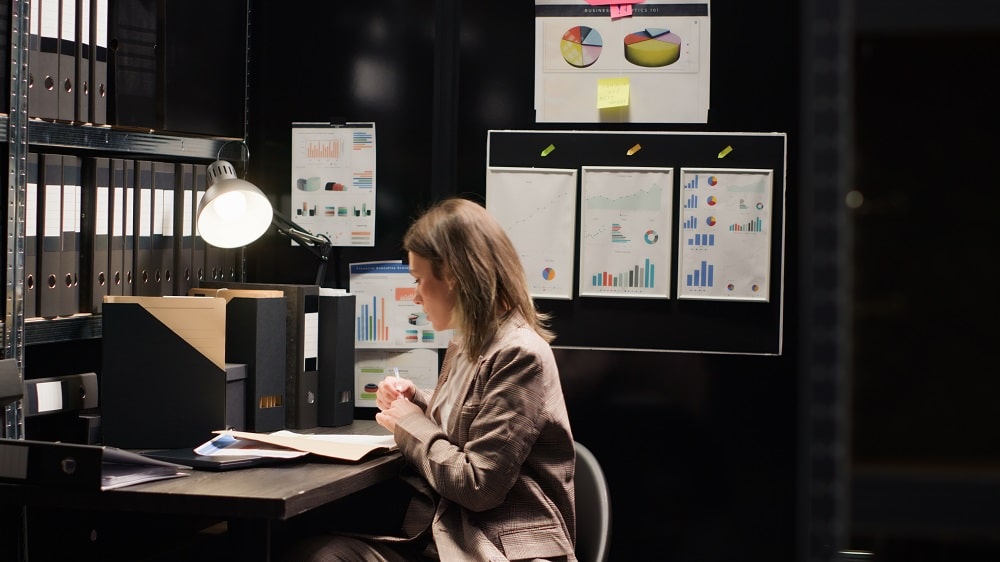Understanding the Importance of Security Web Design
When you’re browsing the internet or shopping online, think about what makes you trust a site. Chances are, a secure and professionally designed website ranks high on your list. That’s because security web design is crucial for winning over clients. It’s not just about looks; it’s about protecting their data too. A website that takes security seriously reassures visitors that their personal information is safe. This includes secure login forms, encrypted data transfer, and the familiar padlock icon that comes with HTTPS. When clients feel secure, they are more likely to do business with you. Remember, trust is king in the online world. And a site that’s secured and looks the part is like a strong handshake in the digital age—it starts the relationship off right. So, if you want to keep your visitors coming back and turn them into loyal clients, don’t skimp on security web design.
How Security Web Design Builds Online Trust with Clients
Clients need to believe their data is safe when they visit your site. That’s where security-focused web design steps up. It’s all about creating a site that shouts “Your information is protected here!” How? By incorporating things like HTTPS to keep data exchanges encrypted and using trustworthy badges to show you’re legit. Also, stay clear of shady ads or links that might sketch out your visitors. Keep it tight with good password policies and timely software updates, making sure you’re not leaving any back doors open for cyber troublemakers. The bottom line is this: make your website a digital fortress, and people will trust you enough to do business with you.
Key Features of a Secure Website
Look, when you’re building a website to win over trust, security must be as solid as a fortress. Good security in web design doesn’t just happen; you’ve got to plan it from the ground up. First, you want to make sure you’ve got HTTPS—this secures the data going back and forth. Next up, padlock icons and security badges; these are the banners that show your site’s a safe zone. Now, keep all software up to date to fend off the latest threats. Don’t forget strong passwords and two-factor authentication too—they’re like the sentinels at the gate. And talk about privacy policies; they’re your treaty of trust with visitors. Always display trust seals prominently, they’re the banners of credible sites. Lastly, a secure website needs regular checks, so stay sharp and keep scanning for vulnerabilities. Nail these basics and you’ve got yourself a stronghold that tells clients they’re in safe hands.
The Impact of SSL Certificates on Client Trust
SSL Certificates are like the digital ID cards for websites, showing that the site owner values visitor security. When a site has SSL, it means the data sent between the user and the site is encrypted, or in simple terms, scrambled into a code that only the intended receiver can read. That padlock symbol you see next to a web address? That’s your sign that an SSL is at work. This matters a ton because it tells clients their information is safe, especially important if they’re entering sensitive data like credit card details. Clients today are savvy; they often look for SSL before trusting a site. No SSL, no trust. Simple as that. With cyber threats all over the place, it’s critical to show clients their safety is priority. So an SSL doesn’t just protect information, it also boosts the credibility and trustworthiness of your website.
Designing for Privacy: Keeping Client Data Safe
When you visit a website, you’re trusting them with more than just your clicks. Personal information is gold in the digital age, and it’s your duty to ensure your client’s data is Fort Knox. Strong encryption is the foundation of data privacy, and it’s a non-negotiable in web design. Keep it locked down tight by using HTTPS protocols so any data shared with your site is as secure as a vault.
Cookies and trackers demand transparency; people want to know what you do with their information. Be clear, provide a thorough but straightforward privacy policy that anyone can understand. Show you respect their data; use it only for what you need and not a byte more. Strong passwords? Encourage them with password strength indicators or requirements. Multi-factor authentication (MFA)? An extra step for clients, yes, but it’s an extra layer of defense too.
Designing for privacy isn’t just about ticking security protocol boxes. It’s about building trust from the ground up. Every design choice you make should have your client’s data protection in mind. Their online safety is in your hands, so handle it with the care and respect it deserves.
Regular Website Audits and Their Role in Security
Regular website audits are a must for catching potential security flaws before they can be exploited. Think of it like a routine check-up but for your website’s health. By scanning your site, you can identify vulnerabilities that might be inviting trouble – ranging from outdated software to weak passwords. Typically, these audits should happen at least once a year or whenever you update significant parts of your website. The goal is to spot anything that doesn’t look right and lock down your digital fortress before hackers take notice. It also shows your clients you’re serious about protecting their data, which helps build the trust necessary for a strong online relationship. Just remember, a secure site is a trustworthy site.
Transparency in Security Practices to Enhance Trust
When you visit a website, knowing it’s secure lets you browse with ease. That’s why showing clearly how your site protects visitors is crucial for winning their trust. Think of it like showing your hand in a game of cards – it just puts everyone at ease. Mentioning that you’re using strong encryption, such as SSL certificates, tells people their data is in safe hands. Also, adding privacy policies and terms of service in plain sight matters. It’s like telling your friend exactly what you’ll do with the keys to their house. Being upfront about what data you collect and how you use it makes people more likely to trust and do business with you. So, keep your security talk simple and your actions clear – it’ll go a long way in building strong relationships with your clients.
The Consequences of Neglecting Security in Web Design
Ignoring security in web design is like leaving your doors unlocked in a bad neighborhood; it’s only a matter of time before trouble finds its way in. When you slack on security, you’re not just risking a website breach—oh no—you’re playing with the trust your clients have in you. Think about it: if your site gets hacked, sensitive client information can get stolen. And once that happens, kiss goodbye to customer confidence; they’ll drop you faster than a hot potato. Not just that, search engines will notice and they’re not forgiving. They’ll push you down the ranks, making it hard for customers to find you. Plus, recovering from an attack isn’t just a walk in the park; it can cost a small fortune in fixes and lost business. Bottom line, don’t skimp on security—investing in it now means saving your reputation and your wallet big time down the line.
Implementing Security Measures Without Compromising User Experience
Creating a secure website is no small feat, but it’s essential to avoid scaring off clients with clunky security steps. The trick is to weave in robust security measures that are almost invisible to your users. Start by ensuring your website has HTTPS, symbolized by a padlock next to the URL—it’s a basic, but it tells clients their data is protected. Then, regularly update your site to patch any vulnerabilities swiftly. When it comes to user logins, simplify the process. Opt for two-factor authentication that doesn’t feel like a chore—think a quick mobile alert confirmation rather than a long list of security questions. Lastly, openly display your privacy policy and seals of security certification to reassure clients they can trust you with their information. Remember, a smooth and secure online experience builds client confidence and keeps them coming back.
Summary: Balancing Aesthetics and Security to Foster Trust
When crafting a website, achieving a balance between a sleek, professional look and robust security features is crucial. Your site must ooze confidence, making sure visitors feel their data is as secure as your design is appealing. It’s a dance between form and function — too much focus on beauty without attention to safety can spell trouble. On the digital stage, a site’s security isn’t just about protecting data; it’s about conveying trustworthiness.
Here’s the gist: Incorporate modern, clean aesthetics with clear navigation to invite users in. Then, back that up with SSL certificates, data encryption, and secure payment portals to nail that trust factor. Keeping things tidy like this is what helps put visitors at ease from the get-go. Show them you care for their eyes and their privacy, and you’ve got the recipe for a trusting online relationship. Remember, when people trust your website, they’re more likely to trust your business. So, while you’re perfecting that color scheme, don’t let the security backbones slip through the cracks. It’s the solid combo of these elements that keeps users coming back, not just for the looks, but because they feel safe doing so.








